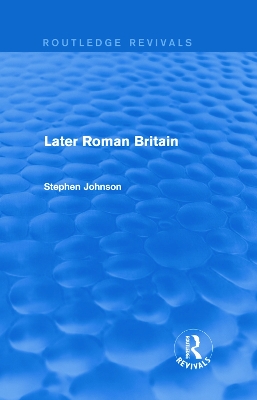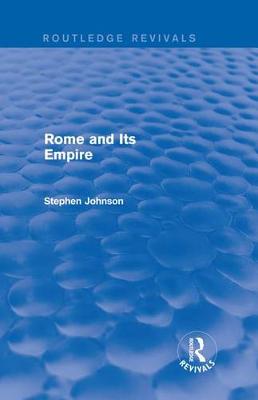Routledge Revivals
2 total works
Later Roman Britain, first published in 1980, charts the end of Roman rule in Britain and gives an overall impression of the beginning of the so-called 'Dark Ages' of British history, the transitional period which saw the breakdown of Roman administration and the beginnings of Saxon settlement.
Stephen Johnson traces the flourishing of Romano-British society and the pressures upon it which produced its eventual fragmentation, examining the province's barbarian neighbours and the way the defence was organised against the many threats to its security. The final chapters, using mainly the findings of recent archaeology, assess the initial arrival of the Saxon settlers, and indicate the continuity of life between late Roman and early Saxon England. Later Roman Britain gives a fascinating glimpse of a period scarce with historical sources, but during which changes fundamental to the formation of modern Britain began to take place.
The legacy of Rome is still very much with us in Europe. It forms part of our cultural backdrop, and is enshrined in the European mind, whether through classical literature, education and jurisprudence, or spectacular ruins. In Rome and Its Empire, first published in 1989, Stephen Johnson examines our understanding of the archaeological aspects of Roman civilisation, and traces the development of archaeology from the earliest post-Roman times, through to its real discovery in the eighteenth century, and its burgeoning in the nineteenth and twentieth centuries.
Various areas of modern archaeological thought and practice are examined with regard to the study of Roman archaeology. The emphasis is on how archaeologists examine and classify material, and the various ways in which valid historical conclusions are deduced from that evidence. Johnson concludes by exploring how techniques from other disciplines are now being applied to archaeological study, and indicates what we may yet learn from this.

